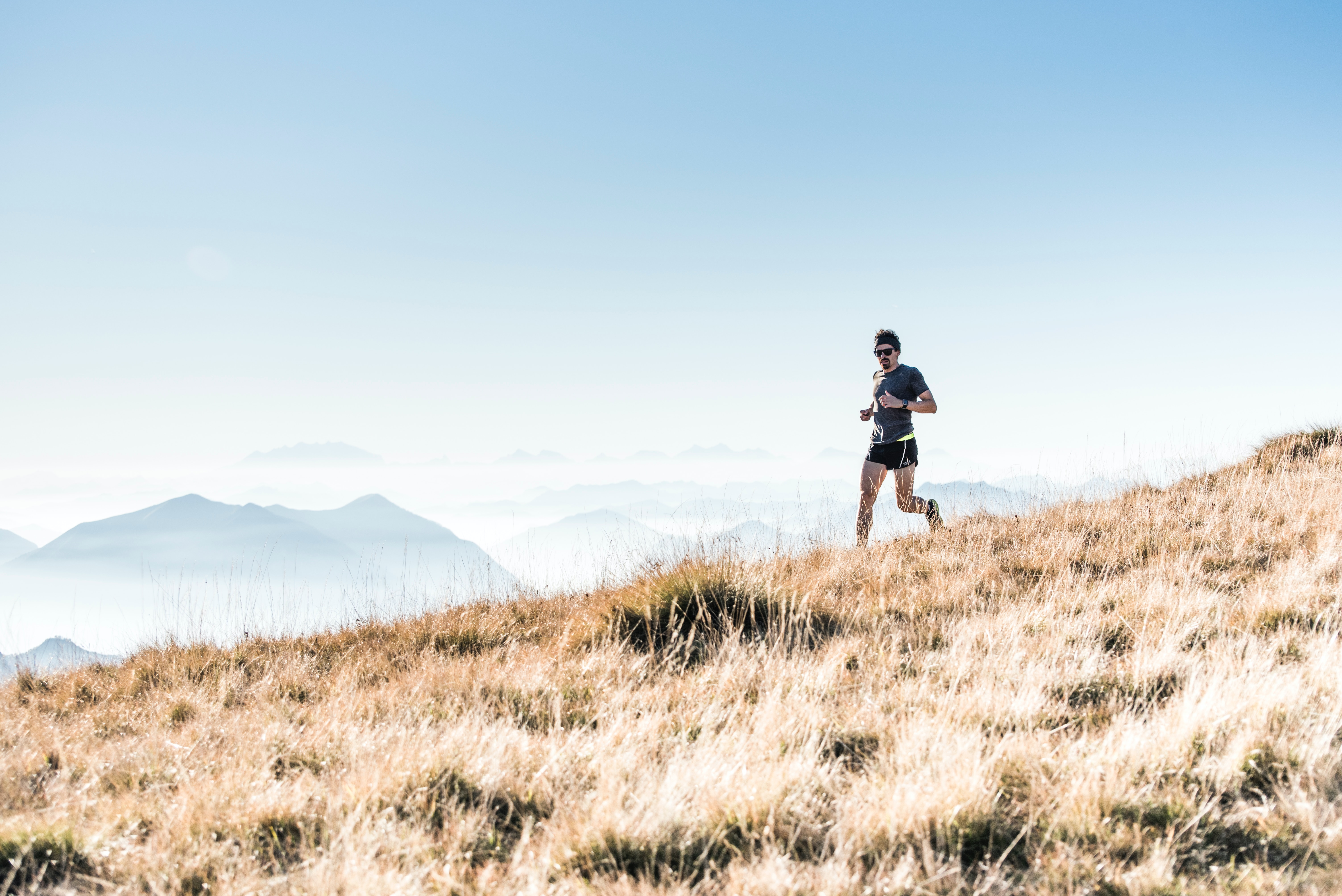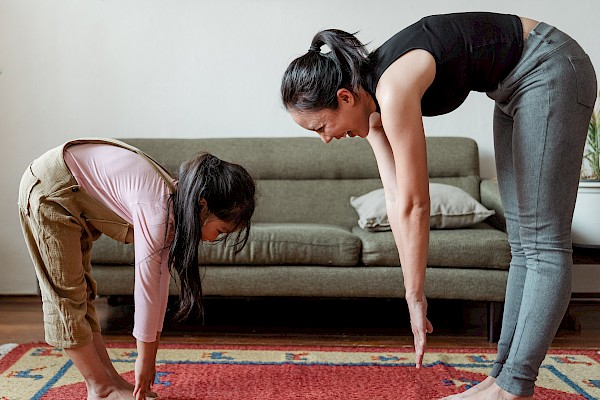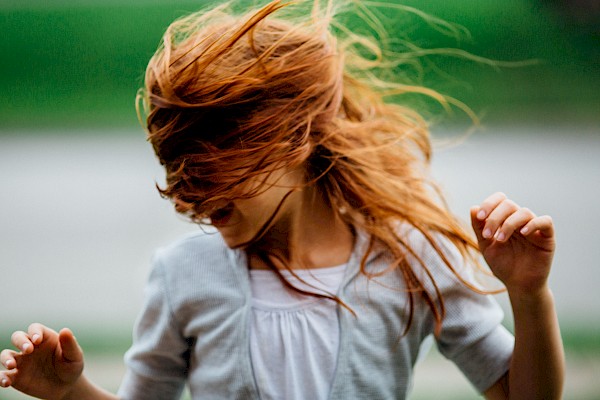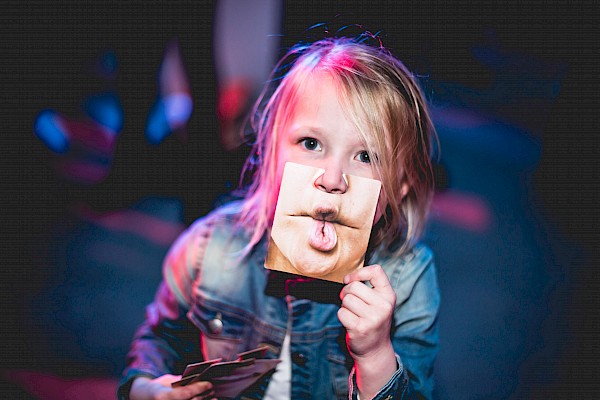Sport in the heat
Summertime is sport time!
The warm temperatures and sunny weather make exercise much more attractive – particularly training outside . But it is important to take precautionary measures in order to stay safe and healthy when the temperatures rise. Extreme heat conditions can increase the risk of heat exhaustion, heat cramps and heatstroke. That’s why it is really important to understand how sport in the summer heat affects the human body and to know what you need to bear in mind if you want to do sport despite the heat.
We will explain and give you useful tips for doing sport even in the heat of summer.
Physiological reactions to the heat
- Sweating and fluid loss: The body activates its natural cooling mechanism – sweating – when exposed to heat. Sweating dissipates heat from the skin, which cools the body. Admittedly, sweating is also associated with increased fluid loss, which can facilitate dehydration.
- Cardiovascular adjustments: When it’s hot, the blood vessels dilate, to allow better circulation to the skin and promote effective cooling. This can result in a temporary blood flow redistribution, which means that less blood is available for the working muscles. Consequently the heart has to work harder to meet the muscles’ need for oxygen.
- Electrolyte balance: When we sweat, we lose not just fluid, but also important electrolytes like sodium, potassium and magnesium. An imbalance in these electrolytes can result in muscle cramps, fatigue and reduced performance. There are a few simple things you can do before and during sport to counteract all this, to ensure that your health benefits from sport and exercise despite the summer heat, and to make sure you enjoy it.
Tips for sport and exercise in high summer
Before training:
- Be flexible about when you train: It’s best to train in the forest or park in the morning or evening.
- Check the ozone levels: Ozone levels are always too high in the height of summer. What is known as summer smog can trigger problems such as headaches, swollen mucosa, watery eyes and breathing difficulties during physical exertion. However there’s no need to give up on outdoor exercise for this reason. It’s recommended that you train in the morning if you wish to avoid the ozone stress.
- Suitable sports clothing: When you choose your training clothes, select fabrics that enable cooling through sweating.
- Sun protection
During training:
- Adjust the load: When it’s hot, you should reduce the intensity and duration of your exercise. Take it easier than usual and don’t set yourself the goal of reaching your personal best on a hot day.
- Sufficient fluid intake: When you train in summer, you should always take plenty of fluids with you and drink regularly. Water and isotonic drinks are ideal for maintaining your electrolyte balance. It is important to recoup any fluid loss due to sweating during sport promptly. That means before you start to feel thirsty! That’s why you should drink regularly throughout your training. In Switzerland, we are incredibly lucky in that a well can be found in almost every village, and when you're travelling throughout the country. You can drink well water provided it doesn’t explicitly state that it’s not drinking water. This is a small tip in case you run out of water when you’re out and about. :-)
- Adjusting to the heat: It is advisable to let your body get used to the heat gradually, by starting to train slowly and carefully. This will mean that your body can more effectively activate its adaptive mechanisms such as increased sweat production.
- Electrolyte balance: When you train for a long time or sweat intensively, it can be sensible to replace the electrolytes you lose. Isotonic drinks can help you to maintain the electrolyte balance in your body.
- Stop immediately if warning symptoms appear: Listen to your body and recognise its signals! If you become very thirsty, or sweat excessively, or become tired or confused or dizzy, or get a headache or nausea, or start to breathe unusually fast or your pulse is too quick, stop training immediately. If you notice warning symptoms like these, then find some shade immediately and try to cool your body and particularly your head. Consume fluids in the form of water or isotonic drinks and make sure you give your body some salt, because you lose salt when you sweat. Good sources of salt include pretzel sticks and broths.
Conclusion
Sport in the heat of summer can be a great experience, provided you take some important measures to protect your health. Plan your training slots intelligently, drink plenty of water, adapt the intensity and protect yourself from the sun. These tips will help you get the best results from your training and ensure you stay safe and healthy at the same time. Enjoy the summer and stay active!
References
Klöckner, L. (2022). Sport im Sommer: So geht’s richtig. https://www.css.ch/de/privatkunden/meine-gesundheit/bewegung/fitness-bewegungstipps/sport-im-sommer.html
DGSP (2017). Sport bei hohen sommerlichen Temperaturen – was Kinder und Jugendliche beachten sollten. https://www.dgsp.de/seite/376582/sport-bei-hohen-sommerlichen-temperaturen-%E2%80%94-was-kinder-und-jugendliche-beachten-sollten.html
Casa, D. J. et al. (2019). American College of Sports Medicine consensus statement on exertional heat illness during training and competition. Current Sports Medicine Reports, 18(6), 237-255.
Sawka, M. N. et al. (2015). Physiological responses to exercise in the heat. Comprehensive Physiology, 5(2), 1-45.
Smith, A. et al. (2021). The impact of exercise on cardiovascular health. Journal of Sports Medicine, 28(3), 123-136.
Sunde, D. A., & Seamans, K. M. (2008). Exercise in the heat: effect of fluid and electrolyte replacement. International Journal of Sports Physiology and Performance, 3(4), 516-528.
Montain, S. J. et al. (2021). Hydration recommendations for sport and exercise. Nutrients, 13(6), 2091.
 subscribe to newsletter
subscribe to newsletter


